A Beginner’s Guide to Indian Food: Spices, Flavors & Must-Try Recipes
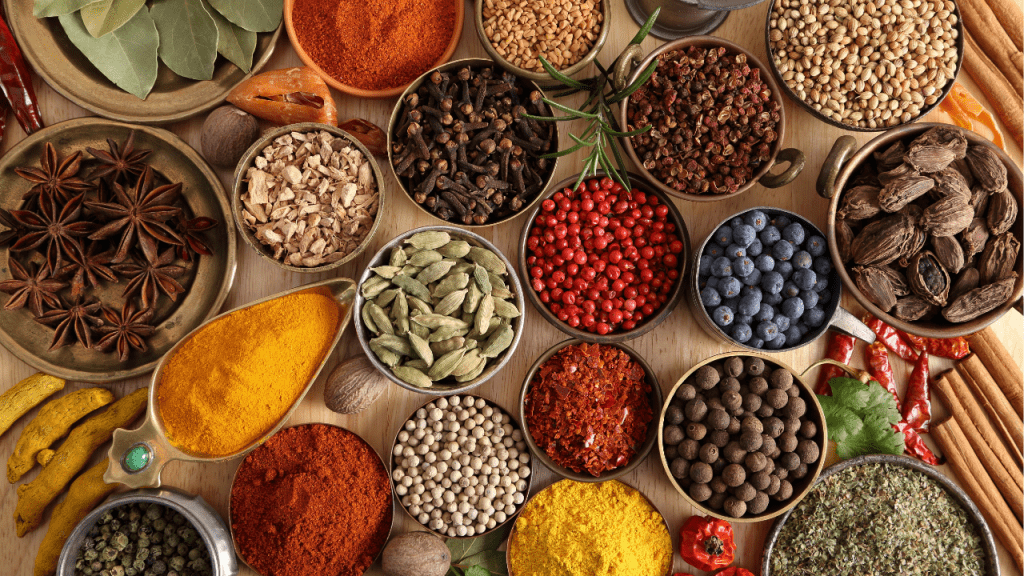
Indian cuisine is a vibrant tapestry of bold spices, diverse cooking techniques, and centuries-old culinary traditions. Whether you’ve tried a fragrant curry at a local restaurant or have only heard about “spicy Indian food,” exploring this cuisine can feel both exciting and overwhelming for a beginner.
But Indian food is more than just heat—it’s about balance, aroma, texture, and regional diversity. From the creamy richness of North India’s butter chicken to the tangy tamarind flavors of the South, Indian cuisine offers something for every palate, vegetarian or meat-loving, spicy or mild.
This guide will help you understand the essential elements that make Indian food so unique. From exploring key spices to learning about the variety of dishes and trying beginner-friendly recipes, you’ll be well on your way to enjoying Indian cuisine with confidence.
In this Article
1. Understanding Indian Spices: The Soul of the Cuisine
Spices are at the heart of Indian cooking. But don’t confuse spicy with hot. Indian spices add depth, aroma, and complexity—not just heat. Common spices used in everyday dishes include:
- Turmeric: Earthy and slightly bitter, known for its golden color and anti-inflammatory properties.
- Cumin: Nutty and warm, used in both whole seed and ground forms.
- Coriander: Citrusy and light, often paired with cumin.
- Garam Masala: A blend of warming spices like cinnamon, cloves, and cardamom, added at the end for aroma.
- Mustard Seeds, Fenugreek, Curry Leaves: Especially common in South Indian cooking.
Learning to balance spices is key. Most dishes begin with tempering—heating whole spices in oil to release their flavor—before adding vegetables, meats, or legumes.
2. The Flavor Profiles Across Regions
Indian cuisine is incredibly diverse, with each region offering its own signature flavors:
- North India: Known for rich, creamy gravies (like Butter Chicken and Paneer Makhani), wheat-based breads like naan and roti, and the liberal use of dairy, ghee, and warming spices.
- South India: Offers tangier and spicier flavors with ingredients like tamarind, curry leaves, and coconut. Dosa, Sambar, and Rasam are staples.
- East India: Light and subtle flavors, with a love for mustard oil and freshwater fish. Bengali sweets like Rasgulla also originate here.
- West India: A mix of sweet, spicy, and sour. Maharashtra and Gujarat have strong vegetarian influences, while Rajasthan brings bold spice with dishes like Laal Maas.
3. Indian Cooking Techniques You Should Know
- Tempering (Tadka): Infusing oil with spices to create a flavor base.
- Sautéing (Bhuna): Cooking onions, tomatoes, and spices until the oil separates—a critical step in curries.
- Steaming: Used in dishes like Idli and Dhokla, especially in South and West India.
- Grilling/Tandoori: Meats and paneer marinated in yogurt and spices, then grilled or baked—Tandoori Chicken is iconic.
Must-Try Indian Dishes for Beginners
Here are some beginner-friendly dishes that are flavorful but not overwhelmingly spicy:
- Butter Chicken: Creamy tomato-based curry with tender chicken—best with naan or rice.
- Palak Paneer: Spinach and paneer cheese cooked in mild spices.
- Dal Tadka: Lentils tempered with cumin, garlic, and chilies—comfort food at its best.
- Vegetable Pulao: Aromatic rice cooked with veggies and whole spices.
- Chole (Chickpea Curry): Hearty, protein-rich, and delicious with bhature or rice.
- Masoor Dal: Red lentils cooked quickly with garlic and turmeric.
Easy Indian Recipes to Start With
Try these simple recipes to start your Indian cooking journey:
Masoor Dal (Red Lentil Curry)
- Rinse 1 cup red lentils.
- Cook in 2.5 cups water with turmeric and salt.
- In a pan, heat oil and temper with garlic, cumin seeds, and red chili.
- Pour the tempering into the dal and serve with rice.
Vegetable Pulao
- In a pan, heat ghee, add whole spices (bay leaf, cloves, cinnamon).
- Add chopped vegetables and sauté.
- Add soaked basmati rice and water. Cook until fluffy.
Palak Paneer
- Blanch and blend spinach with green chilies.
- Sauté ginger, garlic, and onions.
- Add the spinach puree and paneer cubes. Simmer for 5 minutes.
Tips for Beginners
- Start with mild dishes and slowly increase your spice tolerance.
- Use ready-made spice blends (like garam masala or curry powder) to save time.
- Don’t shy away from frozen or store-bought Indian breads when beginning.
- Indian food is highly customizable—add more veggies, reduce oil, or skip chilies if needed.
A Culinary Adventure Awaits
Indian cuisine is more than just food—it’s a celebration of culture, history, and community. With its endless variations and rich sensory experiences, it welcomes experimentation and personalization. Whether you’re cooking a dal at home or trying dosa for the first time, you’re opening the door to a world of vibrant flavors and culinary joy.
👉 Want to try more Indian Dishes ? Check out: Indian Food Recipes


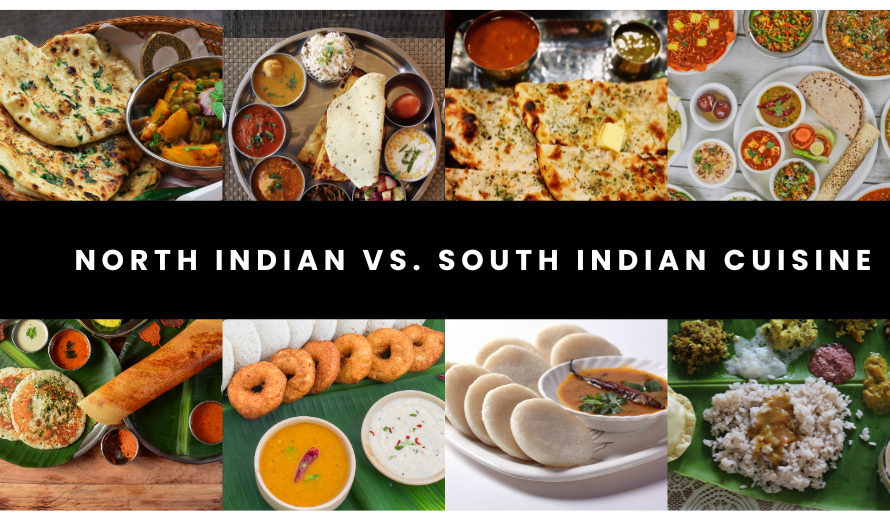
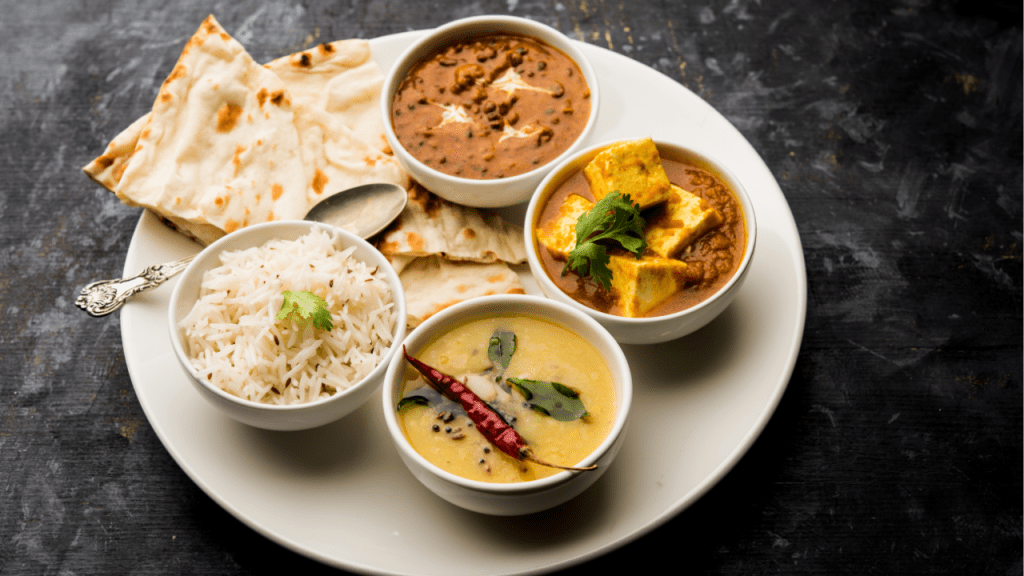
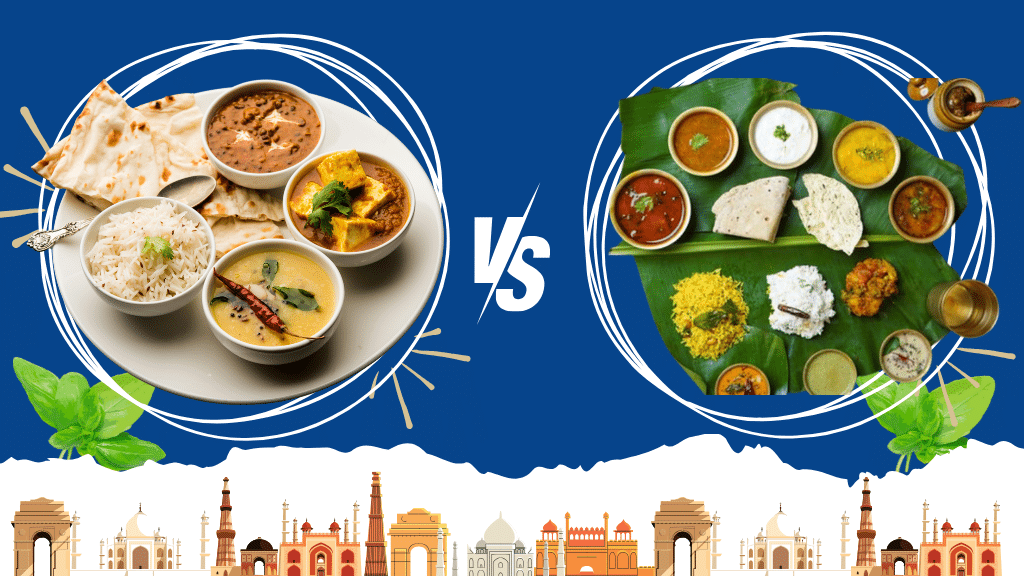
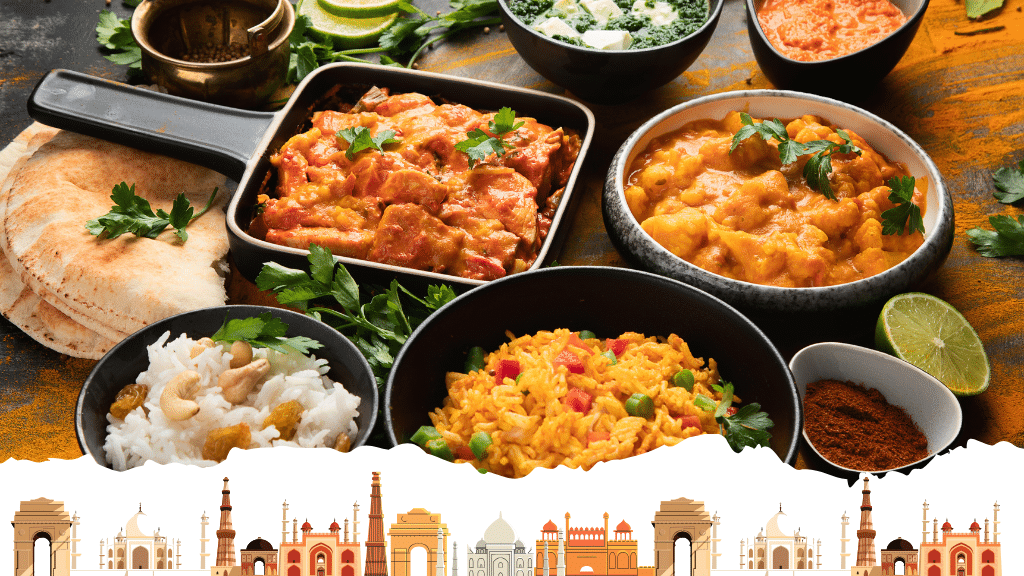
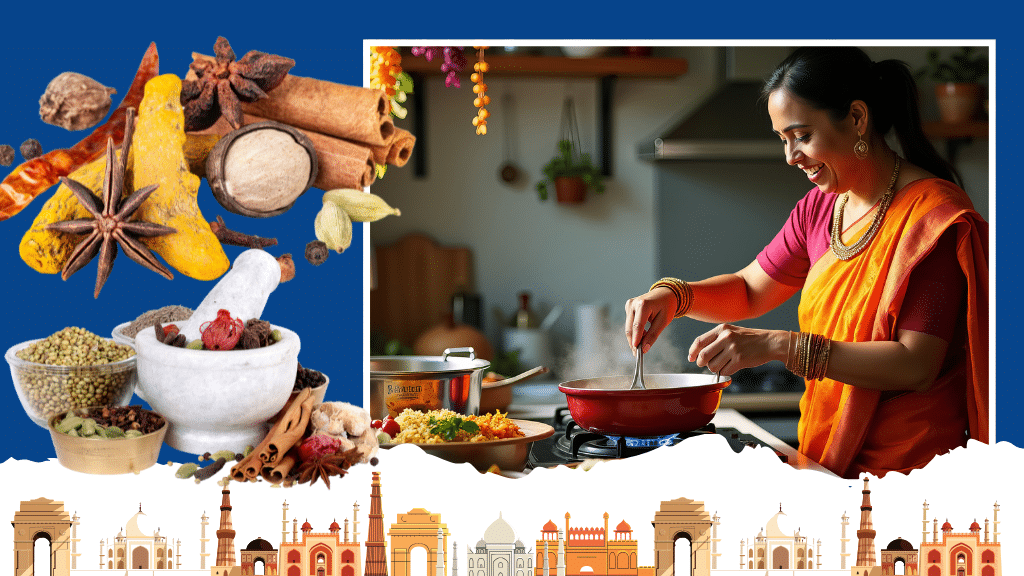
Responses